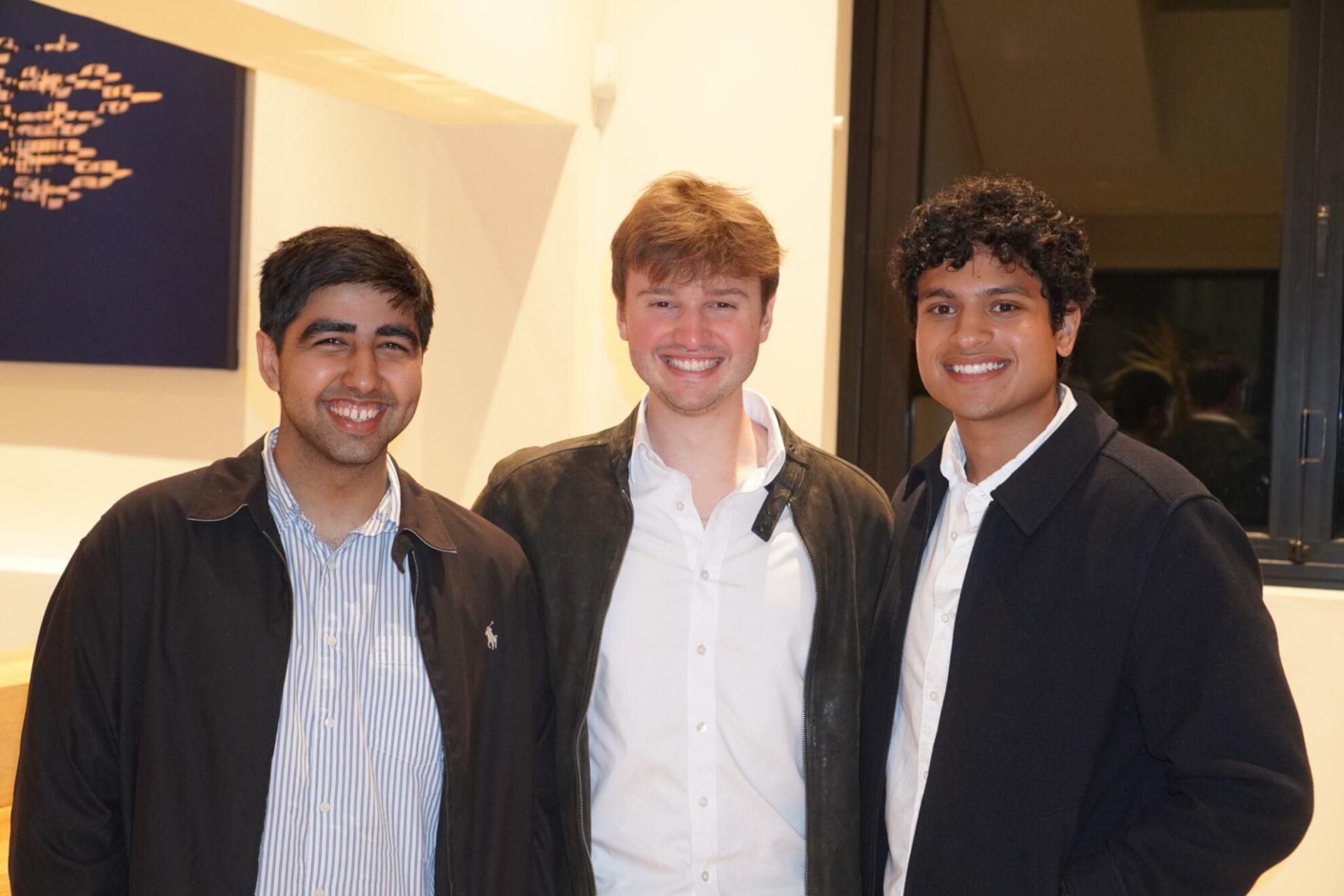Command Palette
Search for a command to run...
Hangzhou wife-killing Case Solved, Police AI Also Made a Contribution

The "Hangzhou woman missing case" that has attracted much attention recently has finally been solved. It took 20 days from the disappearance to the filing of the case and then to the investigation. During the investigation, the police had a huge workload. Fortunately, smart policing contributed to it, allowing the truth to be revealed earlier.
On July 25, the Hangzhou Public Security Bureau held a press conference on the "Hangzhou Wife-Killing Case" and announced the results of the investigation. As predicted by netizens: the real murderer of Lai Huili was her husband Xu Guoli.
It took 20 days from the time he disappeared on July 5 to the time the murderer was caught on July 25.
During this period, the Hangzhou police conducted four carpet-style inspections of more than 10,000 square meters of underground garages and all elevator shafts, water tanks, manholes, lockers, flues, and ventilation ducts, reviewed 6,000 hours of surveillance video, flushed 38 trucks of sewage, and visited and questioned 6 apartment buildings, 379 households, and 1,075 residents in the community...
In the massive investigative work, the intervention of police AI has accelerated the process of solving cases.
6,000 hours of surveillance video, police AI assists investigation
I believe many people already know the ins and outs of this case, so I will not repeat them here.
We learned from the briefing that the police need to review and process a huge amount of data during the investigation.
In the neighborhood where Ms. Lai lives,There are 96 internal monitoring points and nearly 1,000 external monitoring points.There are 6 buildings in the community, housing 1,075 people. In addition, the parking lots under the community are all connected and linked everywhere, making it very complicated.

In order to speed up the investigation,The task force combined video surveillance, field investigations, and smart police big data analysis to determine that there might be relevant evidence in the septic tank.Decided to investigate thoroughly and finally let the truth come out.
In order to prevent others from imitating the crime and to help them master more anti-detection skills, the police did not release more details.
However, the smart police system played an indispensable role in solving this case. It was with the help of the smart police system based on artificial intelligence and big data thatOnly then can the police eliminate investigative blind spots as quickly as possible and accelerate the locking of investigative scope.
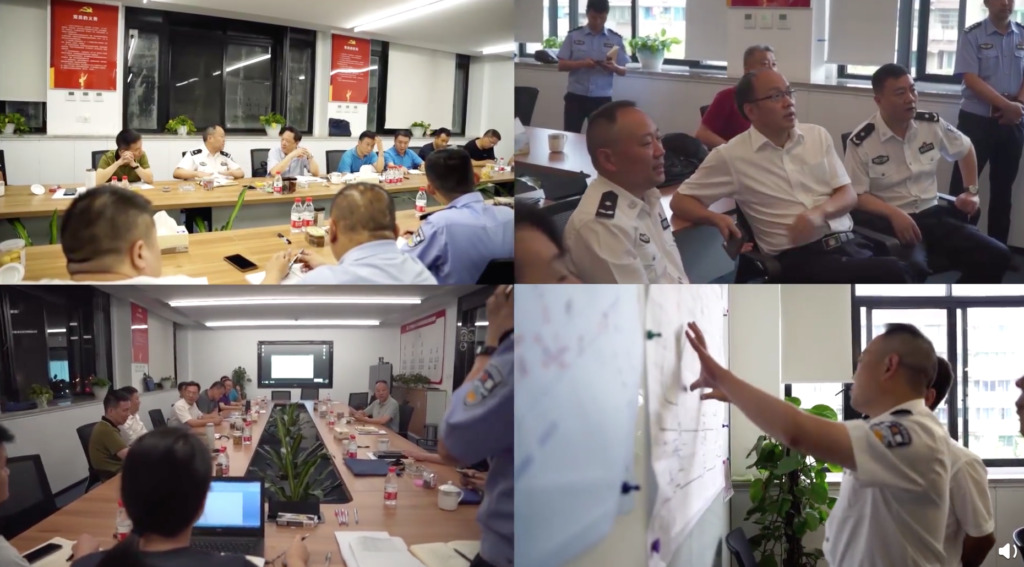
After confirming that the victim, Ms. Lai, and her young daughter took the elevator of the apartment building home at 17:04 on July 4 and did not leave the community building again, the police concentrated their forces to conduct a search in the community.
Without these modern criminal investigation technologies, this case might have taken even longer to solve.
In recent years, technologies such as facial recognition, big data, and the Internet of Things have become powerful assistants for police in investigating cases.
Case 1: A fugitive 25 years ago could not escape the eyes of smart police
Last year, the smart police platform of Yangshuo County Public Security Bureau in Guangxi,Successfully helped the police capture a fugitive from 25 years ago.
On February 27, 2019, a man on the street in Yangshuo triggered the automatic alarm of the smart police platform.The system shows that the man is more than 90% similar to Lu Facheng, a fugitive from 25 years ago.
However, when the police controlled the suspect identified by the smart police system, they found that his name was not Lv Facheng, but Chen Xide.
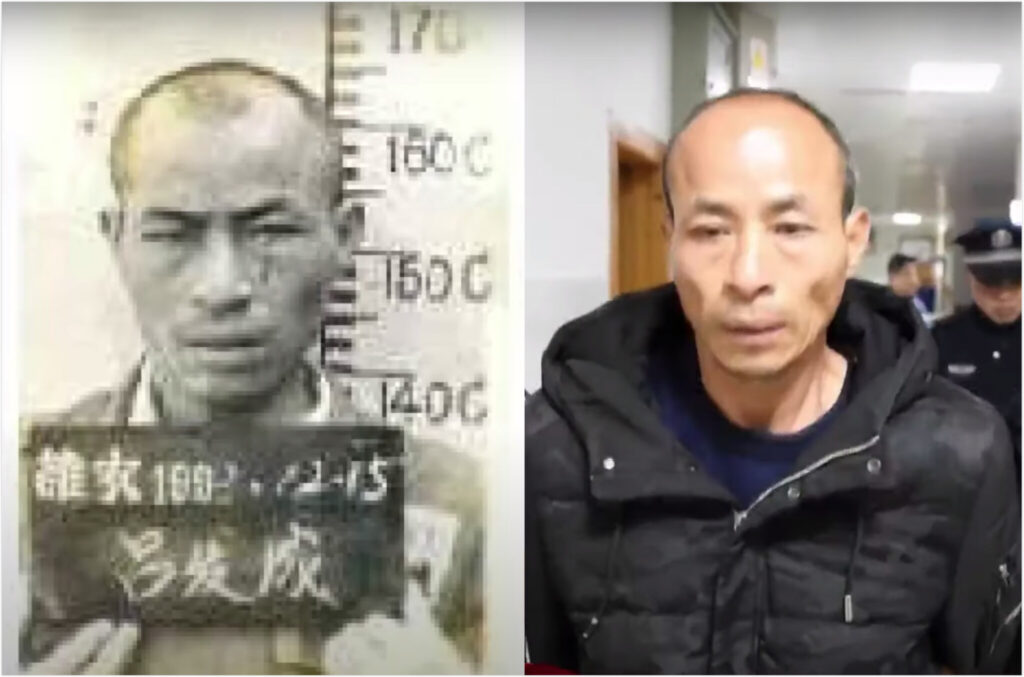
Lu was previously sentenced for burglary and rape, and escaped from prison after one year in prison
But the smart police system was in operation from 11 a.m. to 3 p.m.The man was captured five times in total, and each time the similarity between him and Lu Facheng reached over 90 points.
Finally, after multiple interrogations and fingerprint comparisons, the police confirmed that Chen Xide was Lv Facheng. Faced with the evidence, Chen Xide finally confessed.
Difficulty of this case:
- The criminal escaped from prison at an early time, so there is less effective information;
- When he was imprisoned 25 years ago, he changed his name, household registration and other information, which made it difficult for the police to verify his identity.
Advantages of smart police platform in solving cases:
The platform is based on Dahua HOC's smart policing architecture and fully utilizes the top-level planning capabilities of "sensing online, data computing, and action implementation".Ensure that no one is missed, no one is missed, no vehicle is missed, no object is missed, and no warning is missed.Comprehensively improve the intelligence and operational capabilities of Yangshuo Public Security.
Case 2: Quickly locate a child missing for 5 hours
On March 15 this year,Uniview Technology launched the Smart Police Station (SPS) system. Within half a month of its launch, it helped Anhui Taihe Chengbei Police Station solve nearly 100 cases.The success rate of finding people is 100%, and the detection rate of small and micro cases has increased by 50%.
At around 18:00 on May 16 this year, a police station in a city in Zhejiang received a report that a 7-year-old boy in the jurisdiction had been missing for 5 hours.
The police used the SPS system to obtain more than 10 activity tracks of the boy in the first place, found him within 30 minutes and sent him back safely to his parents.
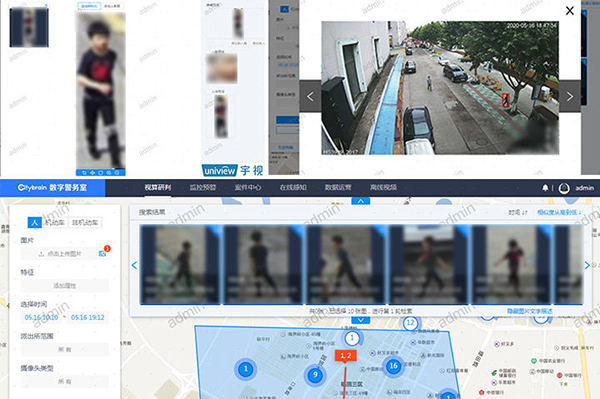
Difficulty of this case:
- It was already evening when the police were called. Accidents such as abduction and traffic accidents could happen. Every minute late in finding the child was a minute more dangerous.
- The differences in children's characteristics are not as obvious as those in adults, which puts a greater test on the accuracy of the technology.
SPS crime solving advantages:
Combined with the boy's clothing, body shape, photos and other information,Uniview's SPS system completed retrieval in massive video data within seconds and quickly determined the boy's location.
Equipped with cloud engine computing,The SPS system can complete comparative searches of hundreds of millions of images in just 3 seconds.Computing efficiency has been greatly improved, greatly shortening the time it takes for police officers to handle cases.
10 years of change, "sweat policing" becomes "smart policing"
In the past, when investigating a case, the police had to collect, inspect and identify traces and physical evidence at the crime scene.It is usually necessary to review and organize a large amount of case files, review videos, and visit a large number of relevant personnel to look for clues and analyze the case.
A police station chief in Sichuan Province once said: "When handling a case, from arresting the suspect to detaining him, there is no time to rest."

Therefore, every successful case solved is the result of the police’s hard work.
Since 2010, my country has gradually started to build smart policing.The new generation of information technology with big data and cloud computing as the core is applied to police command, comprehensive intelligence analysis, video surveillance and investigation.
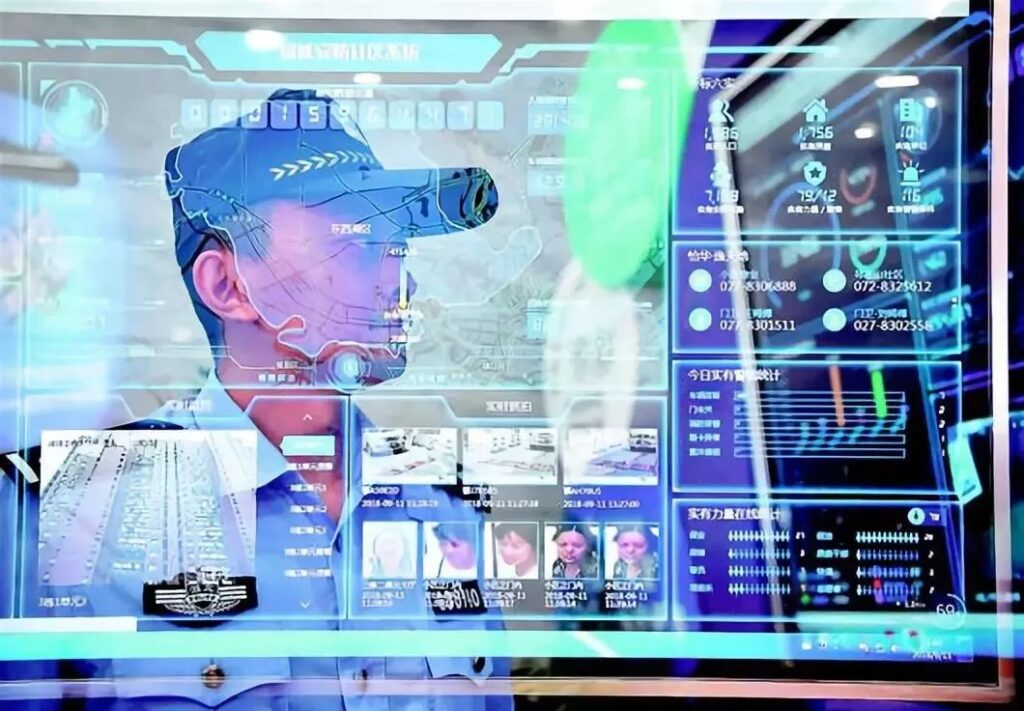
With the help of the artificial intelligence police platform, police officers can also perform self-service modeling by dragging and dropping according to different business scenarios or key features of different types of cases. This not only promotes business progress, but also allows police officers to move from "sweat-type" to "smart type".
Smart policing has changed the past situation where police forces were scattered and each police force worked independently. It has made crime solving more precise and rapid, and has achieved many victories in recent years.
AI turns into a famous detective, resolving difficult cases
The first time AI crime-solving came into the public eye was probably in 2018 when it captured criminal suspects several times in a row through facial recognition at Jacky Cheung’s concert.

With the help of AI policing systems, unsolved cases that once proved difficult for the police are no longer difficult to solve.
With the continuous improvement of intelligent monitoring systems, the improvement of image recognition technology and AI data processing capabilities, and the continuous accumulation of experience in AI detection systems, criminals will have nowhere to hide, and by then it will truly be “the net of heaven is vast and wide, and nothing can escape it.”

References:
https://cn.uniview.com/About_Us/News/News_Media/202006/806068_140493_0.htm
http://www.xinhuanet.com/tech/2018-07/26/c_1123180878.htm
-- over--



